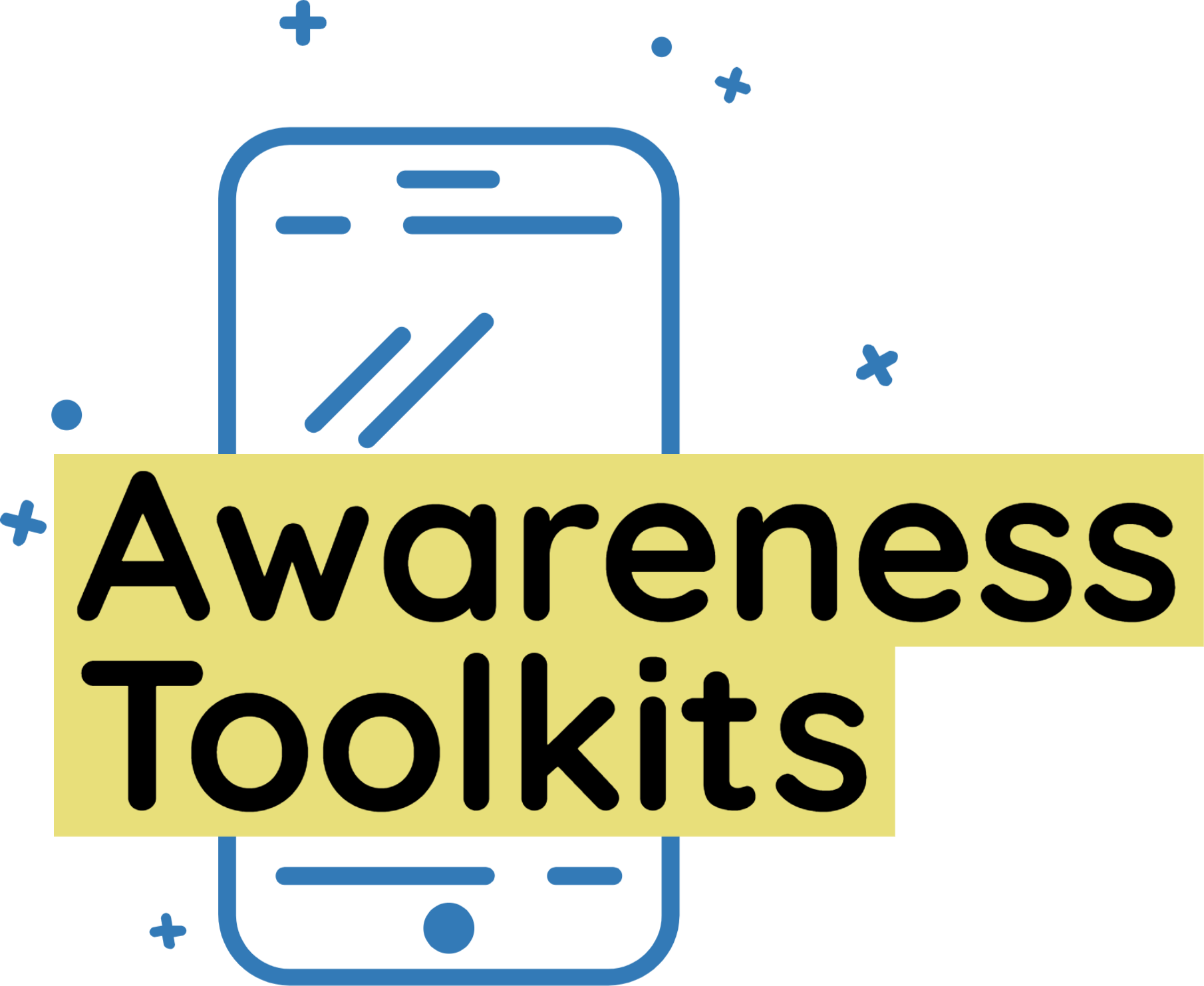
Of course, with any physical activity comes risks for injury. Whether you or your children are playing in the backyard or playing a sport, a first aid kit should be readily available.
Being prepared for the worst will help you avoid spending long periods of time laid up, helping you avoid getting one of those 21.9% of injuries that require a recovery time of seven days off or more. Teachers and parents should also have some basic knowledge about what actions to take when someone is injured. Consider this advice from Callahan Learning Center.
Basic First Aid Essentials for Common Injuries
Scrapes, bruises, and cuts are normal occurrences in most physical activities. If someone gets one of these minor injuries, the first step is to stop the bleeding. After the bleeding has subsided, clean the wound and protect it with a bandage.
If the wound is large, it’s best to have a healthcare provider evaluate it. Larger or deeper cuts may require stitches or other treatment to ensure proper healing and minimize scarring, and in some cases, it’s necessary to rule out ligament damage for deep wounds.
A bloody nose is a common injury in sports, even for young kids. Have the athlete sit down and firmly pinch his nostrils for a few minutes, tilting his head forward slightly. Never tilt the head back when experiencing a bloody nose, always forward.
Soft tissue injuries are another common, minor sports and work-related injury. VeryWellFit.com recommends using the PRICE method for treating soft tissue injuries and reducing swelling, which includes:
- Protection. Stop the activity immediately and protect the injured area.
- Rest. Allow the area some time to heal.
- Ice. Apply an ice pack to a swollen injury for no longer than 20 minutes every two hours.
- Compression. Immediately wrap the injured body part with a wrap or elastic bandage, which will reduce swelling. Apply an ice pack over the bandage to help reduce both swelling and pain.
- Elevation. Elevating the injured area reduces blood flow to the area and helps reduce swelling.
Learn First Aid and CPR
The best thing you can do to be prepared for a first aid situation in sports is to take a first aid and CPR course. These courses cover a variety of types of injuries and arm you with the knowledge necessary to take immediate steps to reduce the severity of an injury, administer life-saving treatments (such as CPR), and when to seek emergency medical care. Because first aid and CPR courses cover steps for both adults and children, these classes are ideal for parents and teachers.
You never know how you’ll react if you’re in a situation where someone has suffered a serious or life-threatening injury. But if you’ve taken a CPR and first aid course, you’ll be able to play an important role in minimizing or stabilizing injuries — or even saving a life.
First Aid Kit Essentials
You definitely need to have an adequate first aid bag handy for any injuries that may occur whether you’re a parent or a teacher. The very basic contents should include supplies such as:
- Athletic tape
- Antibiotic ointment
- Non-latex gloves
- Ice bags
- Adhesive bandages
- Gauze pads
- Elastic bandages or wraps
- Non-latex gloves
- Cold packs
- Scissors
- Sterile saline
- Alcohol swabs
- A CPR shield
Of course, there are many other first aid supplies that could prove valuable, such as splints or biohazard bags, allergy kits, tweezers, thermometers, a cell phone (and a backup charger), and if you’re a teacher, a copy of every child’s medical release form in case of emergency.
Ideally, every kid’s playtime session will go smoothly and injury-free, but having a first aid kit on hand and knowing the basic first aid steps for common injuries means that you’re prepared for the worst.
Photo by Pixabay
